In the past year, almost 15 million people encountered rodents in their homes. In fact, people are over 5.5 times more likely to spot a rodent if the walls of their home slope or buckle.
Holes in roofs and damage to housing walls are some other leading causes. Rodents create a whole realm of health and environmental issues when they sneak into houses.
Knowing the types of rodents and rodent control is critical to keeping everyone in your house safe. Keep reading on to learn more about how to prevent rodents from getting indoors.
Types of Rodents
Rodents are recognized by their two front teeth in the bottom and upper portion of their jaw. Rodents are found all over the world, except for in Antarctica.
They are fairly popular to see outside but become a much larger issue when they find their way into houses. Some common rodents are mice, rats, squirrels, hamsters, and guinea pigs.
The ones that tend to cause the most problem in homes are mice and rats.
Mice
Deer mice and house mice are two common types of rodents that you can encounter in your home. These two rodents are likely to show up in the colder months.
How can you tell the difference between the two? A deer mouse is usually brown with a white belly. They are also less common in urban areas and more likely found out in fields.
The name field mouse is interchangeable with deer mice.
Another key difference is house mice have furry tails whereas its counterpart does not. It is usually more concerning to have deer mice in your house than house mice.
This is because that particular breed carries hantavirus pulmonary syndrome – if left untreated, it is fatal for humans. That doesn’t mean you are completely exempt from other mice.
Mice carry fleas, ticks, and salmonella with them. They have loads of other bacteria that pose risks to humans and pets – it is best to try and keep them outside of your walls.
Both types of mice tend to congregate in similar areas with some key differences. If rodent control personnel are looking for deer mice, they will also check garages, sheds, attics, and crawlspaces.
A deer mouse climbs trees pretty adeptly – this makes attics and other hidden spots perfect locations for your tree climber to enter.
Rats
There are two main species of rats here in North America. These are the Norway rat and roof rat.
Like mice, rats also carry various illnesses and diseases that are harmful to humans. Norway rats cause particular problems because they dig into the ground. Ultimately, this leads to structural concerns and sewage problems.
On the other hand, a roof rat likes to chew on areas of the house such as wires or wood. Mice are also big chewers – which creates concerns for electrical fires or other housing concerns. They will burrow through insulation, making it difficult to detect them.
Signs and Risks
Rats and mice carry a plethora of diseases – some totals place it at 35 diseases. Some common, and deadly, illnesses are the plague, salmonella, leptospirosis, and tularemia.
How are these diseases spread?
You don’t have to have a direct bite from a rodent to contract one of these illnesses – although that does increase your likelihood. Eating or drinking items that have bodily fluids left behind from rodents and indirect contact with fleas and ticks can all spread diseases.
Common signs that you have a rat or mouse in your house are rodent droppings, debris such as snail shells, rub marks, gnawing damage, and sounds under your floorboards or in your walls. If you have a pet, they also might start showing interest in rats and mice by more excitable behavior.
Rodent Control
So, how do you manage a rodent infestation? Prevention is key. If you don’t have a rodent infestation yet, make sure you take steps to eliminate risks.
This includes sealing up areas that rodents could enter. Check both inside and outside your home to make sure that hidden areas are completely sealed. It doesn’t take much space for a rodent to enter!
If you do find holes, the CDC recommends using steel wool and caulking to properly seal it. Also, check around your house for possible areas that appeal to rodents.
Woodpiles and hay should be stored at least a foot off the ground, including your garbage can. If possible, move your woodpile further away from the house – 100 feet is the suggested minimum.
Also, watch what you are eating and drinking. Make sure that you clean up any spills and keep your food stored in containers. This is especially true if you have dog food that sits out, or if you use your backyard for cooking food outside.
Sometimes, a rodent infestation is inevitable. In that case, you can look towards setting out traps and bait in areas of high traffic. It usually takes a while for rats or mice to come near the trap, because they tend to be highly suspicious of new objects placed around them.
If you suspect you have rodents in your house, then make sure you contact a reliable pest and rodent control company.
Prevent Rodents
If you are dealing with rodent problems, or are looking for advice on how to foolproof your home, then check out a rodent control company.
There are many types of rodents that cause issues for homeowners. Prevention strategies can save you a world of pain and time if you end up with a rodent infestation.
Contact us today and let our professional team assist you in rodent control for your home.

